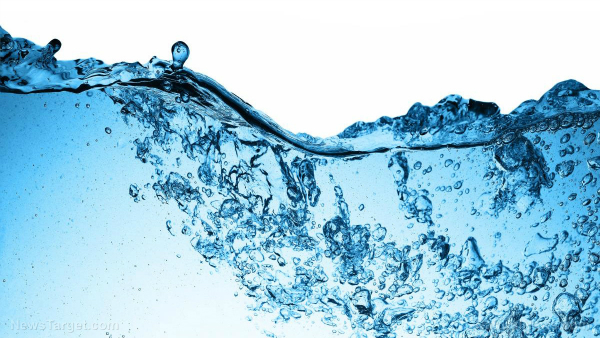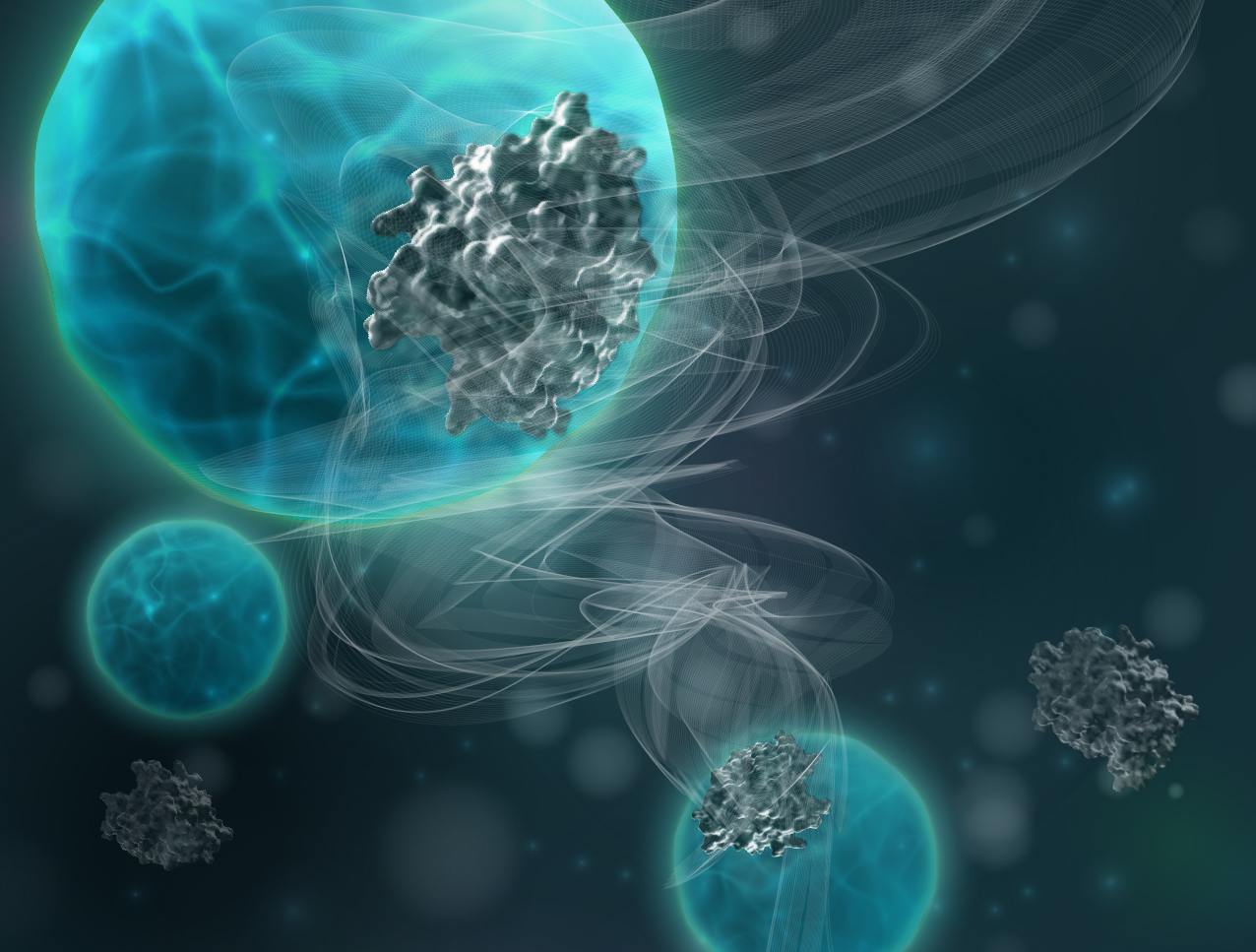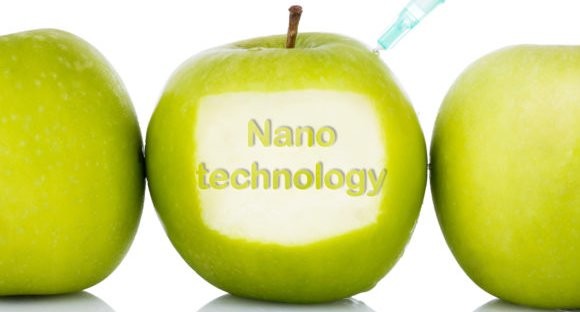Nanotechnology and water resources (nano ecology) Nano ecology (PhD in nano-microelectronics)
Researcher and author: Dr. ( Afshin Rashid)
Note: Lack of access to safe and hygienic water in developing countries is increasingly prioritizing the development and use of new technology. The use of new technologies, especially nanotechnology to reduce the effects of environmental pollution, is considered as one of the management strategies, and of course one of the cases that this technology crystallizes its application is related to water resources. Given the challenges ahead, the need to use it has become more colorful than ever.
Nanotechnology with its new solutions states that nano-based materials can lead to cheaper, more durable and more efficient water treatment technologies, which can nevertheless meet the needs of developing countries to some extent. Due to the increasing acceleration of the global community for the growth and development of nanotechnology, the need for academic and laboratory studies and macro management of this technology, along with the creation of facilities, troubleshooting and creating the right context, is felt more than ever in this sector.
Due to the many capabilities of nanotechnology in comparison with old and traditional methods, in eliminating and controlling environmental pollution as well as purifying and preventing the spread of pollution, it can be used as a green technology and an effective tool to achieve sustainable development. Considered. Both economically and more productively. The use of nanoscale particles in water treatment is used to remove paint, arsenic, nitrate, organic matter and heavy metals, as well as the use of nanotubes to track wastewater pollution. Some of these processes are very sensitive to the physical and chemical conditions of water. This means that by changing the pH, alkalinity, temperature and the amount of various impurities in the water, the efficiency of the processes changes. (E.g., in disinfection,Decreasing the temperature and increasing the turbidity will have a negative effect on killing germs.) The operating cost of these systems is higher than membrane methods (using nanofilters). Production of nanocomposites and penetration and adsorption in their structure to separate many sources of water pollutants, which as an example of research in this field represents the removal of heavy metals such as mercury, lead and arsenic. Production of high surface electrodes that are conductive by placing carbon nanotubes and other design designs together and are able to supply seawater with less energy consumption (at least 10 times less than osmosis). Inverse and 100 times less than the distillation method) desalinate seawater. Arsenic due to the dissolution of minerals in rocks and soils that have been affected by natural erosive factors. It is spread in the ground layers.It is odorless, tasteless, highly toxic and carcinogenic, and long-term use of contaminated water can cause skin, lymphatic, kidney, biliary and lung cancers. The limit of arsenic according to the WHO standard is equal to 10 mg per liter. Therefore, it is important to use new technologies to remove this element from drinking water.
Conclusion:
The use of new technologies, especially nanotechnology to reduce the effects of environmental pollution, is considered as one of the management strategies, and of course one of the cases that this technology crystallizes its application is related to water resources. Given the challenges ahead, the need to use it has become more colorful than ever.
Researcher and author: Dr. ( Afshin Rashid)
PhD in Nano-Microelectronics




